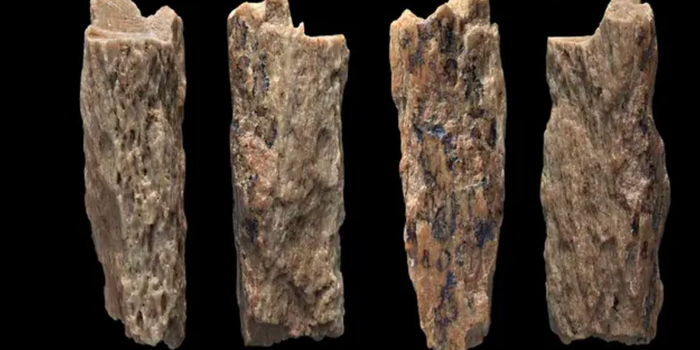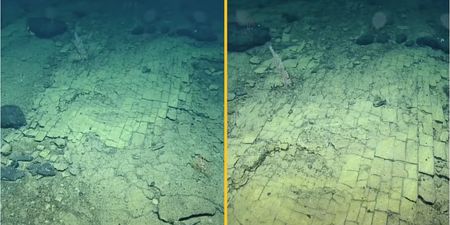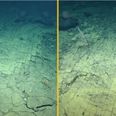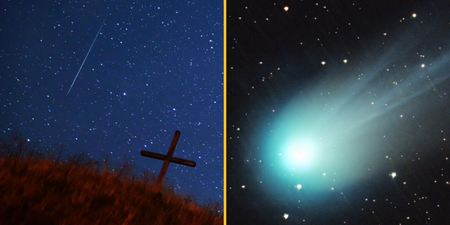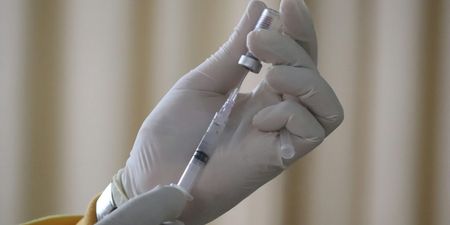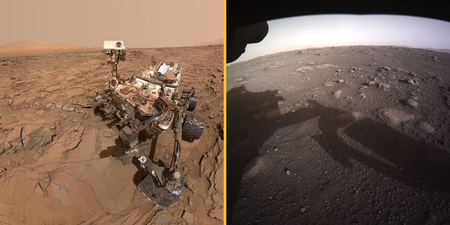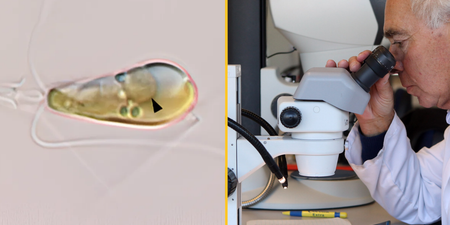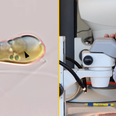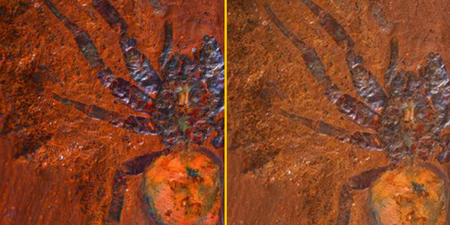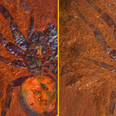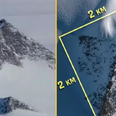They used a process known as Zooarchaology by mass spectrometry
A child from ancient Siberia is believed to be the only known person whose parents were technically from two varying species.
In 2010, scientists unearthed tiny skeleton and teeth fragments from early humanoids known as Denisovans who lived in Lower and Middle Paleolithic ages. The remains were found in a Denisova Cave in the Altai Mountains of Siberia, but technological limitations and animal intervention meant little could be done.
A recent project known as Finder has been looking to shed light on the relationship between Neanderthals, Homo sapiens and the Denisovans.
“We aim to find out where they lived, when they came into contact with modern humans – and why they went extinct,” said Project leader Katerina Douka back in 2018. Douka and Tom Higham, an advisor to Finder, used technology known as Zooarchaeology by mass spectrometry, which helps identify the collagen of specific species.
One of the tiny pieces was identified as human, but the species still alluded to researchers, so they sent it to Svante Pääbo at the Max Planck Institute for Evolutionary Anthropology in Leipzig, Garmany.
The bone belonged to someone who died at age 13 and, strangely, possessed both Neanderthal and Denisovan DNA. Further tests then confirmed that the ancient remains were a hybrid daughter of a Neanderthal mother and a Denisovan father.
Scientists dubbed her Denny.
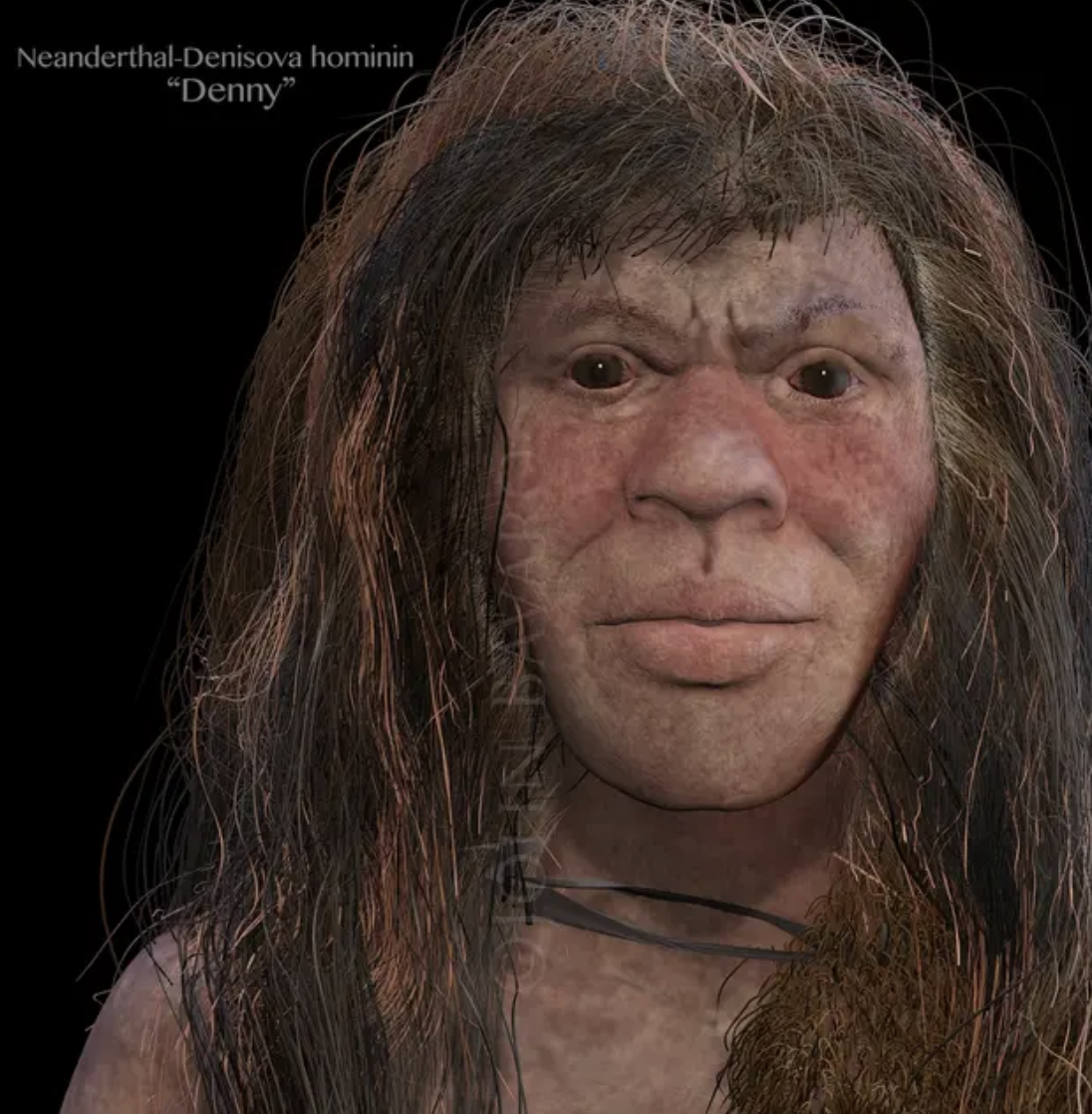
“If you had asked me beforehand, I would have said we will never find this, it is like finding a needle in a haystack,” Pääbo said.
The study was published in the Nature journal in 2018, where the researchers explained: “Neanderthals and Denisovans are extinct groups of hominins that separated from each other more than 390,000 years ago.”
“The father, whose genome bears traces of Neanderthal ancestry, came from a population related to a later Denisovan found in the cave,” they wrote.
“The mother came from a population more closely related to Neanderthals who lived later in Europe than to an earlier Neanderthal found in Denisova Cave, suggesting that migrations of Neanderthals between eastern and western Eurasia occurred sometime after 120,000 years ago.
“The finding of a first-generation Neanderthal–Denisovan offspring among the small number of archaic specimens sequenced to date suggests that mixing between Late Pleistocene hominin groups was common when they met.”
Related Links:
- NASA scientist’s desperate plea before being arrested
- Scientist have been able to pinpoint where covid-19 actually came from
- Loch Ness Monster existence ‘plausible’ after incredible discovery in Morocco’s Sahara Desert
